Complete Solutions to Comprehion Type Questions of chapter WAVE MOTION of Class 11 book with complete answers and questions
| Class 11 | PHYSICS |
| Chapter | WAVE MOTION |
| DC PANDEY MASTER PROBLEM PACKAGE | Comprehion Type Questions |
| Number Of Questions | 20 |
| Academic Year | 2023-24 |
[Q.Nos. 1-2] y(x, t) equation of a lingiutudinal wave is given as
`y = 10^(-2)2(pi)[1000t+(50)/(17)x]` (All Si units
At t = 0 Change in pressure is maximum at x=……….m.
View Solutiony(x, t) equation of a lingitudinal wave is given as
`y = 10^(-2)2(pi)[1000t+(50)/(17)x]` (All Si units
If density of the gas is `10^(-3)kg//m^(3)`, find the pressure amplitube
View Solution[Q. Nos. 3-4] Difference in frequencies between 3rd overtone of closed pipe and 5th haronic of the same pipe is 400 Hz. Futher 3rd hormonic of this closed pipe os equal to 6th hormonic of another open pipe.
Fundamental frequencies of closed pipe and open pipe are: a) 200 Hz, 400 Hz b) 150 Hz, 75 Hz c) 200 Hz, 100Hzz d) 400 Hz, 300Hz
View Solution[Q. Nos. 3-4] Difference in frequencies between 3rd overtone of closed pipe and 5th harmonic of the same pipe is 400 Hz. Further 3rd hormonic of this closed pipe is equal to 6th hormonic of another open pipe. If speed sound is 330 m/s. Then lengths of closed pipe and open pipe are a) 0.4125 m, 0.825 m b) 3.3m, 1.65 m c) 0.825 m, 0.825 m d) 1.65 m, 0.825 m
View SolutionIn the shown figure answer the following two question.

If `P_(i),P_(r),P_(t)` are powers of incident, reflected and transmitted waves and `I_(i),I_(r),I_(t)` the corresponding intensities , then
View Solution[Q.Nos.5-6] In the shown figure answer the following two question.

Under what condition 75% of incident energy transmitted
View Solution[Q. Nos. 7-8] You have three forks A, B, and C Fork B has a frequency of 440 What A and B are sounded together a frequency of 3 Hz is heard. When B and C sounded together, the beat frequency is 4 Hz. The possible frequencies of C are: a) 437 Hz and 443 Hz b) 436 Hz and 444 Hz c) 436 Hz and 445 Hz d) 437 Hz and 444 Hz
View SolutionThe possible beat frequencies when A and C are sounded together are
View SolutionA source is approaching towoed a wall as shown in figure .We have three observes `O_(1),O_(2) `and `O_(3).
observer `O_(2) is over the source itself . Let `f_(1),f_(2)and `f_(3) be the beat frequencires heard by `O_(1),O_(2) `and `O_(3)` between direct sound from the source and reflected sound from the wall . then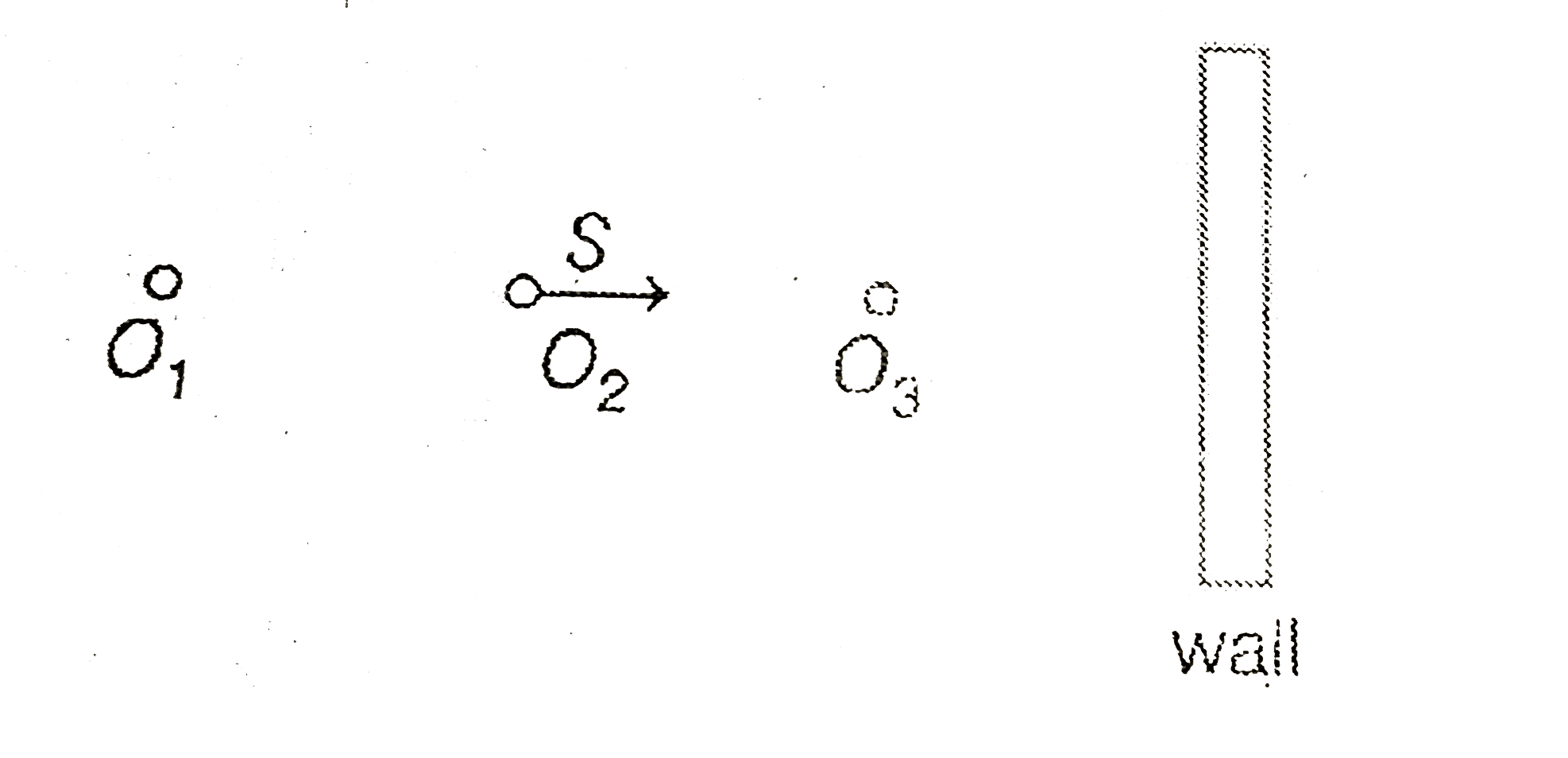
View SolutionGiven frequency of source f=100Hz,`v_(s)=20m//s `and `v=330 m//s. The beat frequencies `f_(1)` and `f_(2) are
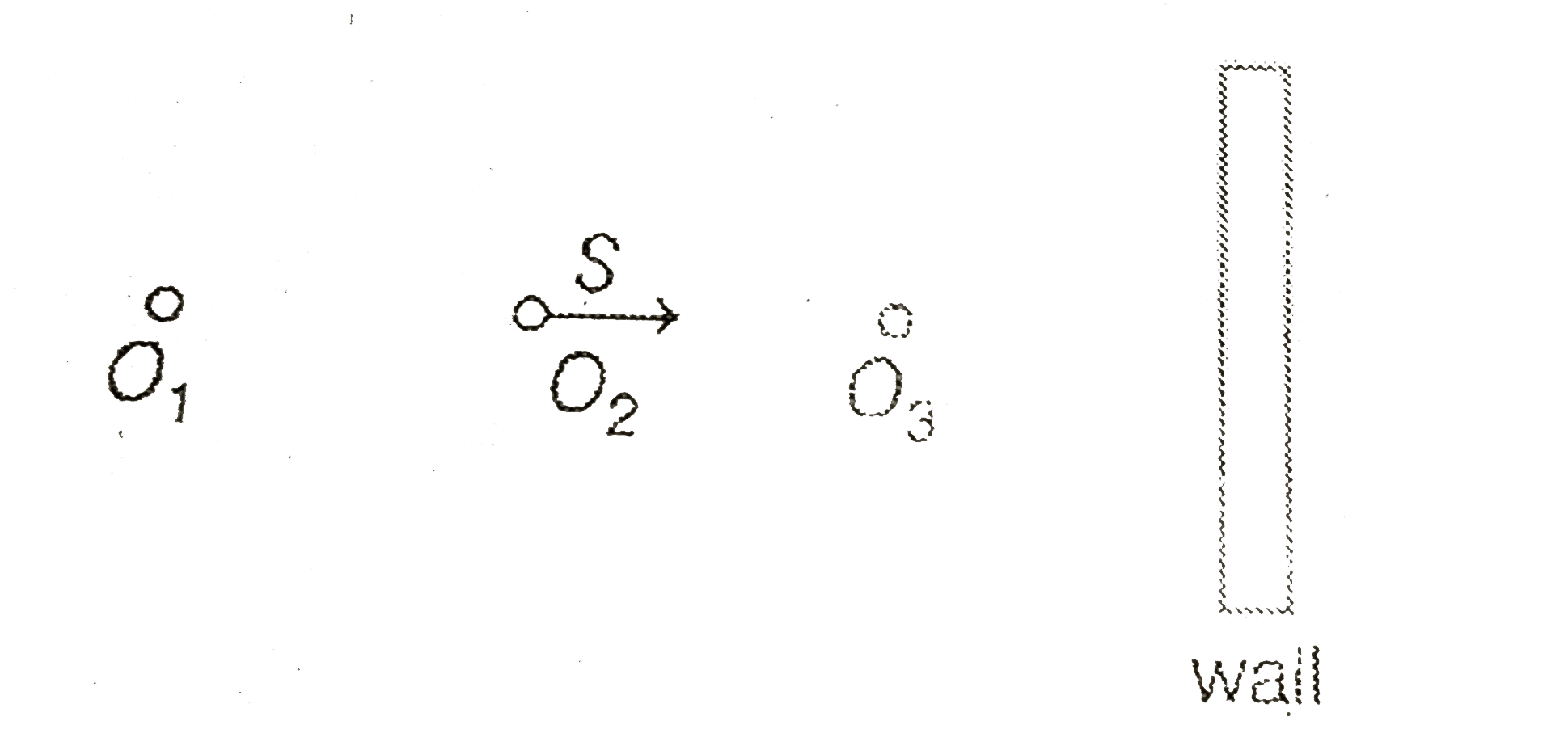
View SolutionThe position of a transverse wave travelling in medium along positive x-axis is shown in figure at time t=0. Speed of wave is v=200 m/s
Frequency of the wave is

View SolutionThe position of a transverse wave travelling in medium along positive x-axis is shown in figure at time t=0. Speed of wave is v=200 m/s
Equation of the wave is (in SI unit)
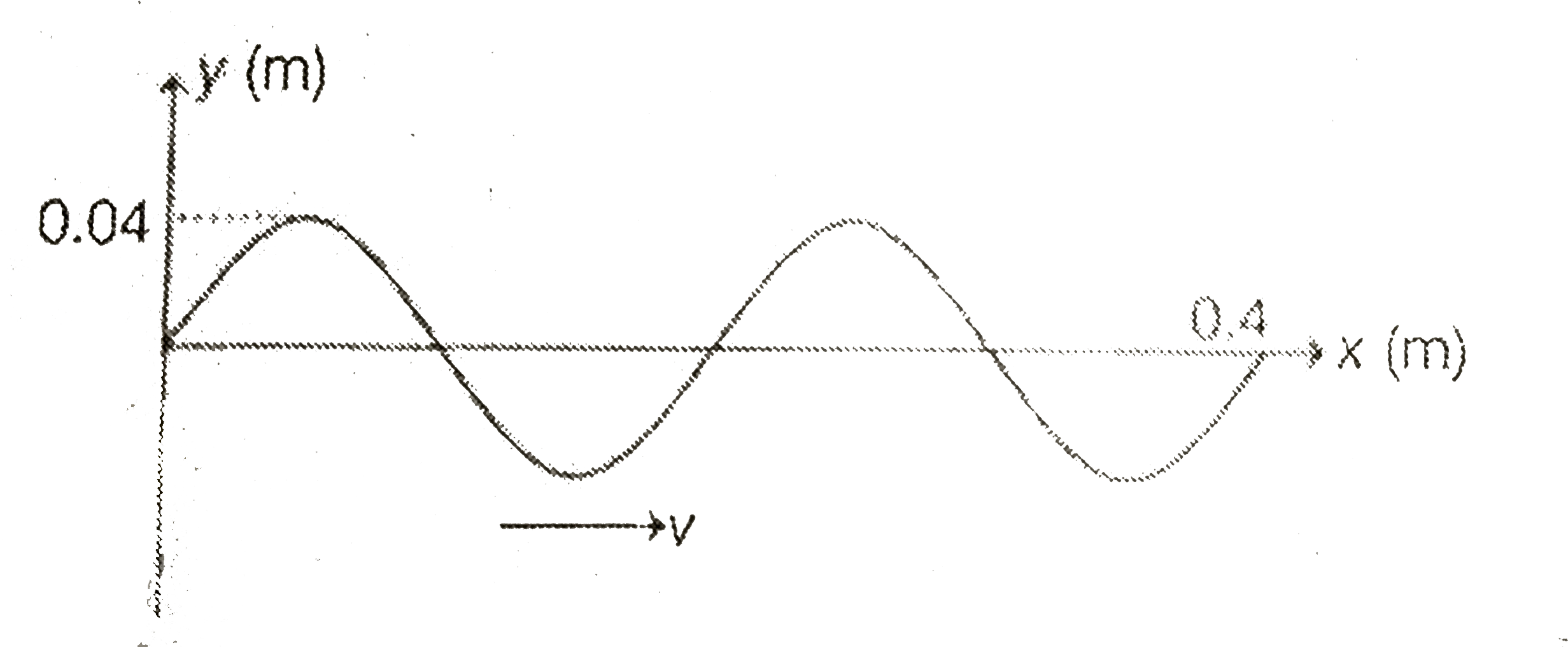
View SolutionA string fastened at both ends has successive resonances with wavelengths of 0.1 m for mth harmonic and 0.08 m for (m+1)th harmonic.
The value of m is
View SolutionA string fastened at both ends has successive resonances with wavelengths of 0.1 m for mth harmonic and 0.08 m for (m+1)th harmonic.
the length of the string is
View SolutionA composite wire is made by joining two uniform wires. If `l_1 = l_2= l` and ` mu_1 = mu_2 /9 = mu`. Tension in the strings is T , `mu` is mass per unit length. Then lowest frequency such that the junction is an antinode.

View SolutionA composite wire is made by joining two uniform wires. If `l_1 = l_2= l` and ` mu_1 = mu_2 /9 = mu`. Tension in the strings is T , `mu` is mass per unit length. Then lowest frequency such that the junction is an antinode.

View SolutionThe figure represents the instantaneous picture of a transverse harmonic wave travelling along the negative x-axis . Choose the correct alternative(s) realted to the movement of the nine points shown in the figure [more than one option may be correct ]
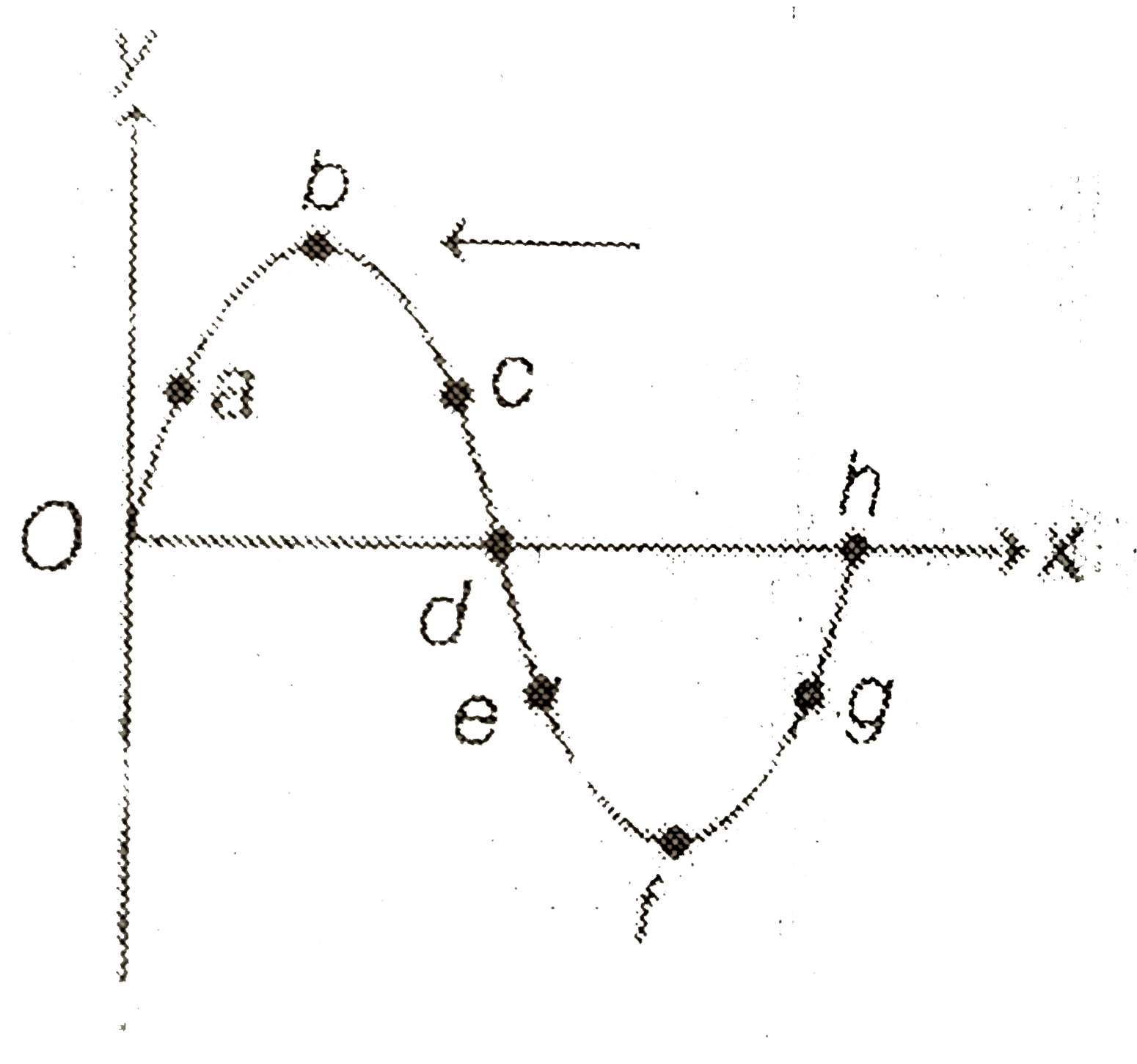
The points moving upward is /are
View SolutionThe figure represents the instantaneous picture of a transverse harmonic wave travelling along the negative x-axis . Choose the correct alternative(s) realted to the movement of the nine points shown in the figure [more than one option may be correct ]
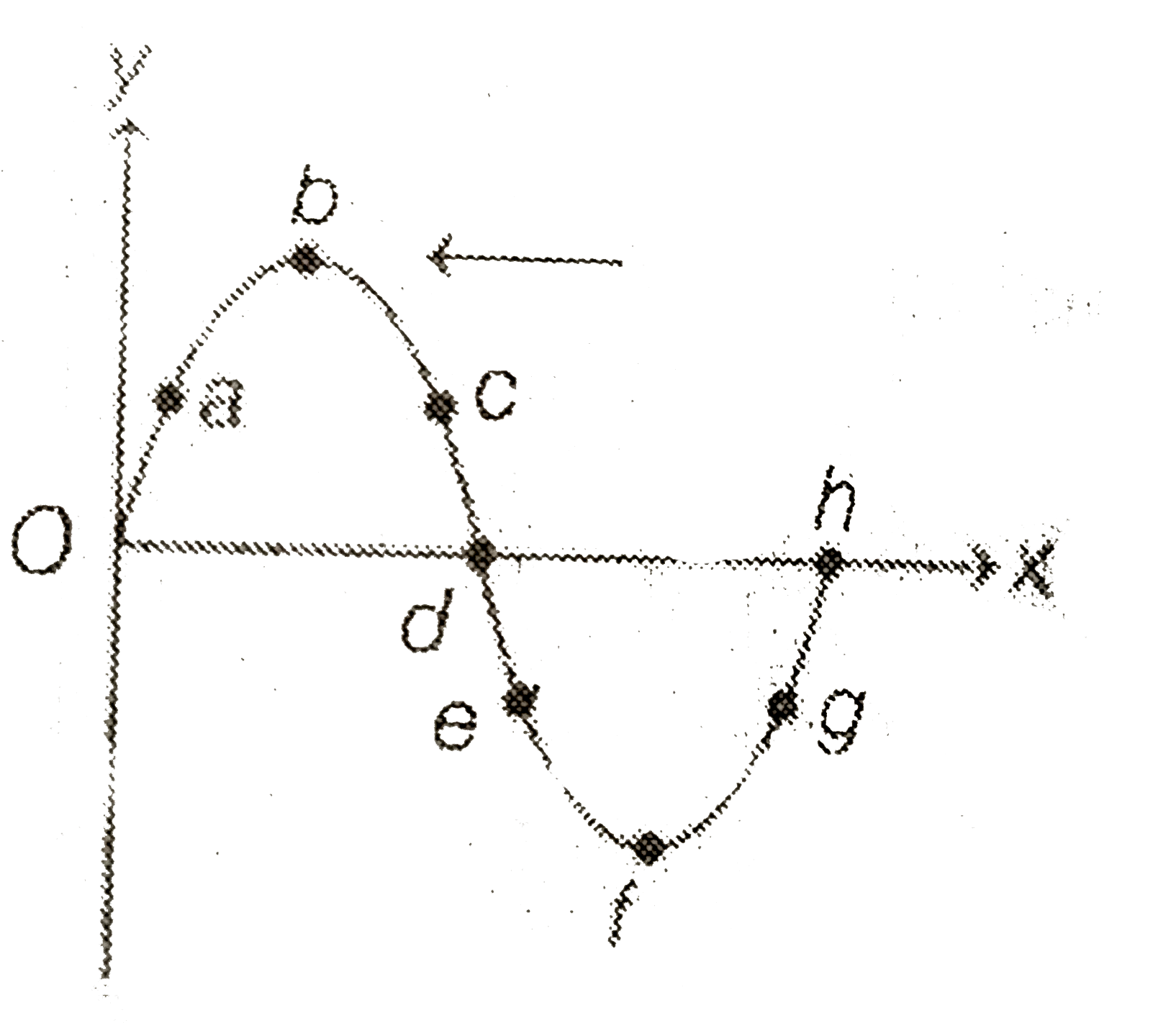
The points moving downward is /are
View SolutionThe figure represents the instantaneous picture of a transverse harmonic wave travelling along the negative x-axis . Choose the correct alternative(s) realted to the movement of the nine points shown in the figure [more than one option may be correct ]
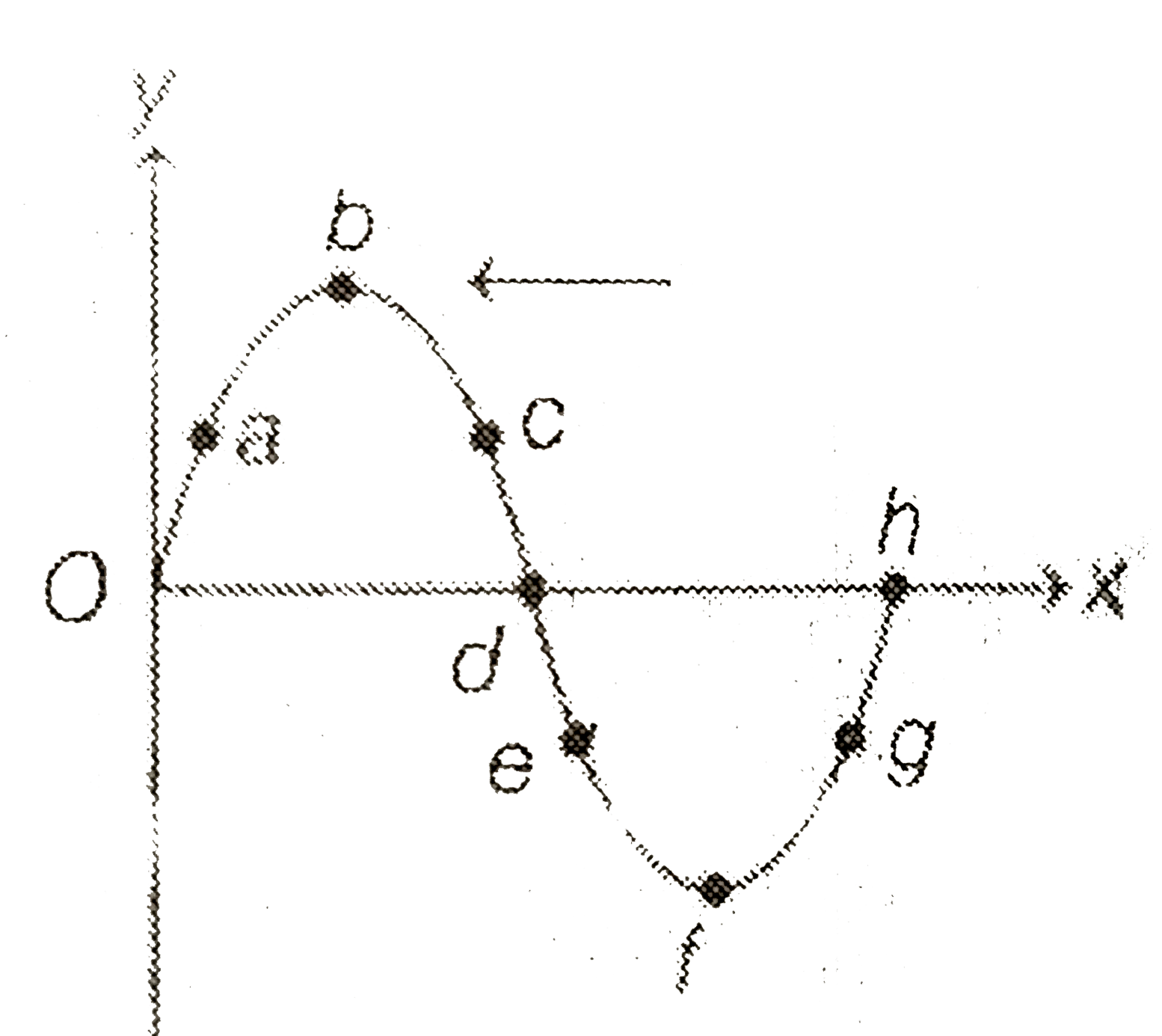
The stationary point is /are
View SolutionThe figure represents the instantaneous picture of a transverse harmonic wave travelling along the negative x-axis . Choose the correct alternative(s) realted to the movement of the nine points shown in the figure [more than one option may be correct ]

The point moving with maximum with speed is /are
View Solution
Comprehion Type Questions questions and complete solutions for chapter WAVE MOTION of DC PANDEY ENGLISH of Class 11
All Exercises from DC PANDEY MASTER PROBLEM PACKAGE Class 11 PHYSICS WAVE MOTION
- Comprehion Type Questions
- Example
- Example Type 1
- Example Type 2
- Example Type 3
- Example Type 4
- Example Type 5
- Exercise 17.1
- Exercise 17.2
- Exercise 17.3
- Exercise 17.4
- Exercise 17.5
- Exercise 17.6
- Integer Type Question
- JEE MAINS
- Level 1 Assertion And Reason
- Level 1 Objective
- Level 1 Subjective
- Level 2 More Than One Correct
- Level 2 Single Correct
- Level 2 Subjective
- Matrix Matching
- Miscellaneous Examples
- More Than One Option is Correct
- Objective Questions
- ONLY ONE OPTION IS CORRECT
- Subjective Questions
- Type 5